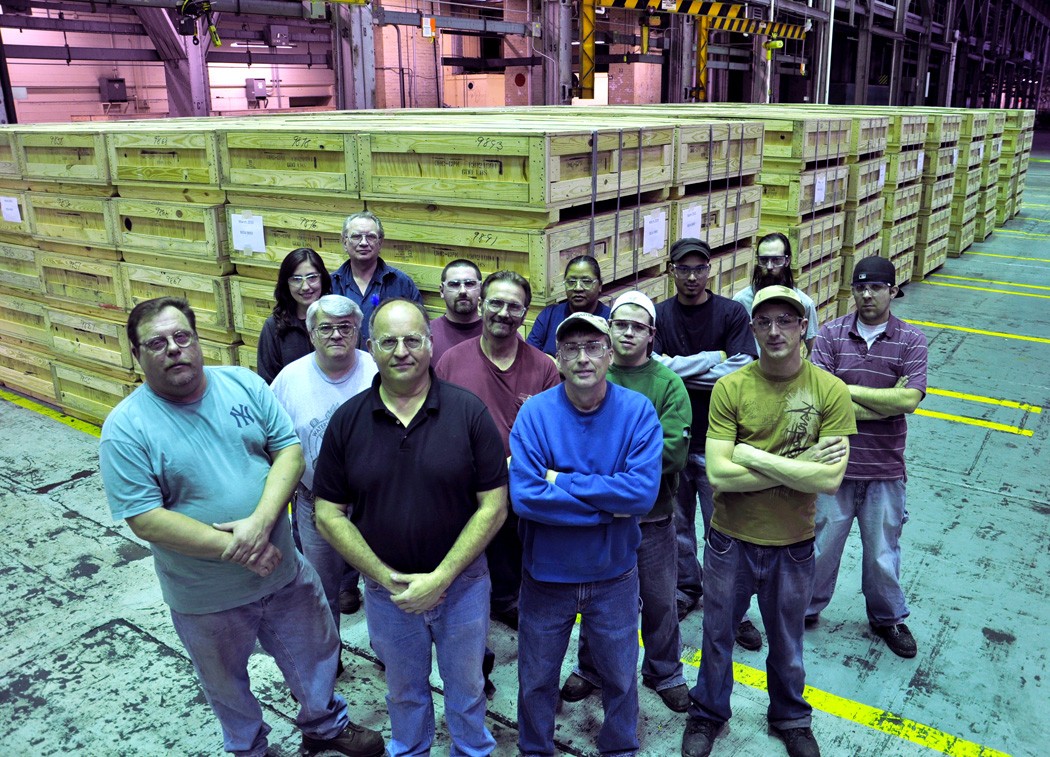
WATERVLIET ARSENAL, N.Y. -- The Army had identified as early as 1993 the requirement to add armor to High Mobility Multipurpose Wheeled Vehicles or HMMWVAca,!a,,cs, according to Globalsecurity.org. But when the U.S. Army went to war in Iraq in 2003, many of the vehicles that transported Soldiers lacked the armor protection required to mitigate the horrifying effects of a tactic employed by enemy insurgents called improved explosive devices or IEDs.
In an effort to meet the urgent requests from U.S. Central Command to up-armor more than 20,000 vehicles in Iraq, the Department of Defense turned to its industrial manufacturing base to help meet the pressing demand.
According to Mike Ippolito, the Arsenal production planning and control program supervisor, Aca,!A"When we received the mission in late 2004 to assemble the doors for the up-armor program in Iraq, the technical data package was in a high state of change.Aca,!A?
Aca,!A"We, therefore, had to do an Aca,!Eoeemergency hireAca,!a,,c and put a team of about 25 together very quickly and they had to be not only very flexible to the ever changing requirements, but also they had to be well managed,Aca,!A? Ippolito said.
TodayAca,!a,,cs armor program, which has grown from assembling armor doors to assembling overhead gunner's protection kits, is managed by Kipp Zahler and its daily assembly operations are supervised by Steve Koza and Jack Joslin. But the program is nearing an end of an era because the Department of Defense has moved toward Mine Resistant Ambush Protected vehicles or MRAPs from HMMWVs, and is also withdrawing troops from Iraq.
Aca,!A"We are not saying we have Aca,!Eoemission completeAca,!a,,c because we will work until the last GPK leaves the Arsenal, but we are nearing the end of the production schedule,Aca,!A? Koza said.
Nevertheless, this team of 25 or so folks has since 2004 delivered thousands of armored doors, GPKs, and overhead-GPKs to troops in Iraq, Kuwait, and Afghanistan, Koza added.
Although the Arsenal may be well known for its manufacturing of cannons and barrels for tanks and artillery systems, the lives, limbs, and heartbreak saved by this team is immeasurable.
Ippolito added praise by saying that despite the urgency of the mission and the ever changing requirements, the GPK team never missed a scheduled shipment. And, at the end of the day, the GPK team was so efficient that the Arsenal returned back to the Defense Department more than $20 million.
For their sense of urgency and commitment toward safeguarding our troops, this team is this monthAca,!a,,cs Face of Strength.

Social Sharing